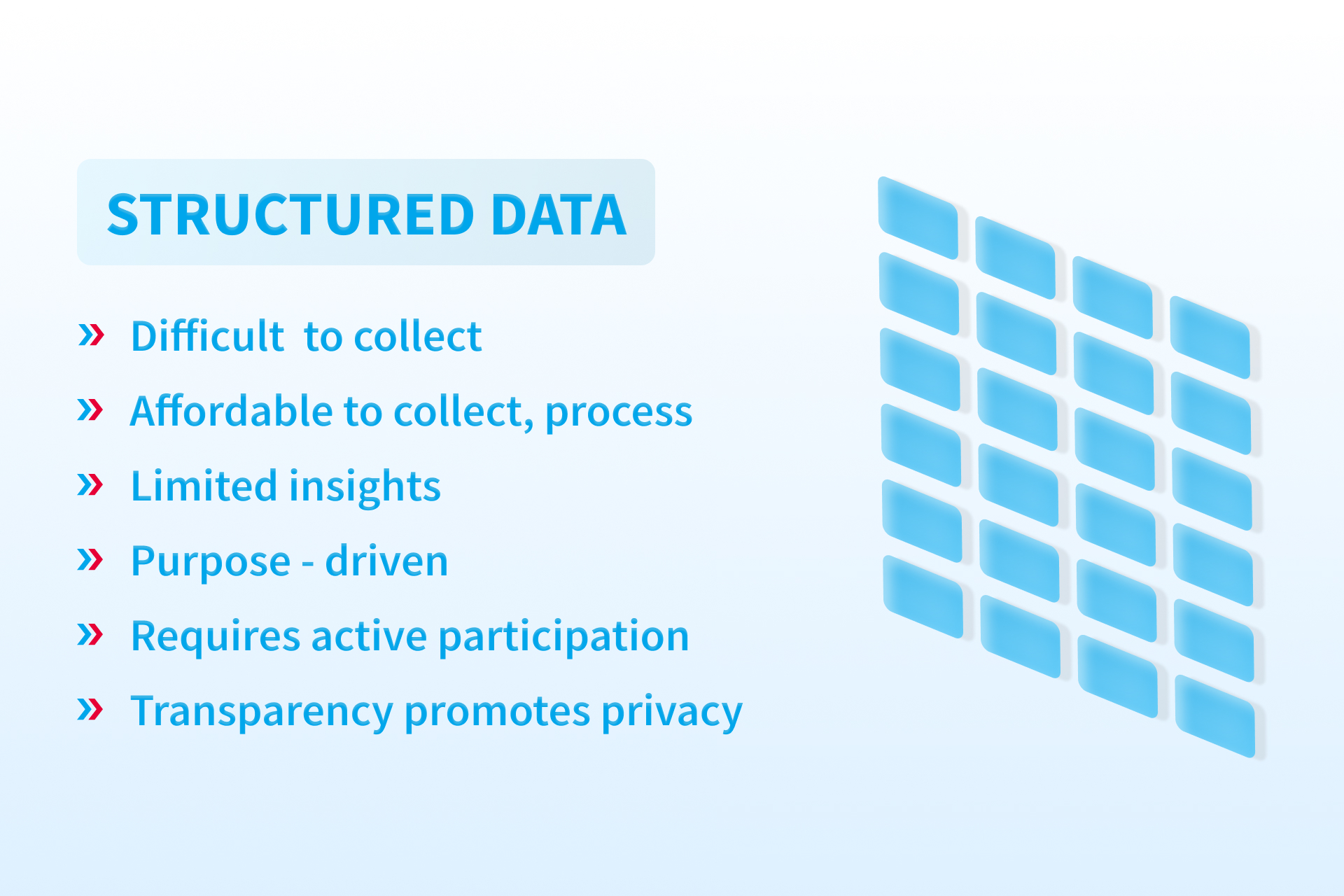Demystifying Structured Data: An Overview
Structured data is a method of organizing information in a clear and consistent format, making it easier for search engines to understand and present relevant content to users. By providing a structured framework, data can be categorized and labeled, enabling search engines to quickly identify and index the content. This, in turn, can lead to improved search engine rankings and increased visibility for websites and applications. The advantages of structured data are numerous, and implementing it can significantly enhance the overall online presence of a business or organization.
Structured Data and SEO: A Match Made in Heaven
Structured data plays a crucial role in enhancing Search Engine Optimization (SEO) by making websites more crawlable and indexable. By implementing structured data markup languages such as Schema.org and JSON-LD, websites can significantly improve their visibility and click-through rates in search engine results pages (SERPs). These markup languages provide a standardized format for organizing and labeling data, enabling search engines to quickly identify and understand the content on a website.
Structured data can positively impact SEO in several ways. First, it can help search engines better understand the context and relevance of a website’s content, leading to improved search engine rankings. Second, structured data can enhance the appearance of a website’s search engine listing by displaying rich snippets, such as star ratings, images, and additional information. These rich snippets can entice users to click and explore the content further, increasing organic traffic to the website.
Moreover, structured data can help search engines categorize and index content more accurately, making it easier for users to find the information they are looking for. This, in turn, can lead to increased user engagement, longer session durations, and lower bounce rates. By improving the overall user experience, structured data can indirectly contribute to better SEO performance.
Boosting User Experience with Structured Data
Structured data can significantly enhance the user experience by providing rich snippets, star ratings, and other relevant information directly in search engine results pages (SERPs). These rich snippets can help users quickly determine the relevance and value of a website, encouraging them to click and explore the content further. By offering a more engaging and informative search experience, structured data can indirectly contribute to increased organic traffic and improved user engagement metrics.
Additionally, structured data can help improve website accessibility by making it easier for screen readers and other assistive technologies to parse and interpret information. By providing a clear and consistent format for data organization, structured data can ensure that users with disabilities have equal access to the content, enhancing the overall user experience and promoting inclusivity.
Furthermore, structured data can facilitate the creation of customized reports and dashboards, enabling businesses and organizations to better understand their audience and tailor their content accordingly. By integrating data from various sources, structured data can provide a more comprehensive view of user behavior, preferences, and interactions. This, in turn, can inform data-driven decision-making processes and lead to improved business performance.
Improving Data Analysis and Decision Making
Structured data can significantly streamline data analysis and decision-making processes by enabling the integration of data from various sources. By providing a consistent and standardized format for data organization, structured data can facilitate the creation of customized reports and dashboards, offering a clearer picture of business performance. This, in turn, can lead to increased efficiency and accuracy in data-driven decision making.
Moreover, structured data can help businesses and organizations identify trends, patterns, and correlations in their data that might otherwise go unnoticed. By providing a more comprehensive view of user behavior, preferences, and interactions, structured data can inform data-driven decision-making processes and lead to improved business performance. Additionally, structured data can help businesses and organizations stay ahead of the curve by providing real-time insights and alerts, enabling them to respond quickly to changing market conditions and customer needs.
Furthermore, structured data can help businesses and organizations better understand their audience and tailor their content accordingly. By integrating data from various sources, structured data can provide a more nuanced and detailed view of user behavior, preferences, and interactions. This, in turn, can inform content strategy, product development, and marketing efforts, leading to improved user engagement, loyalty, and retention.
How to Implement Structured Data: A Step-by-Step Guide
Implementing structured data can provide numerous advantages for businesses and organizations, from improved search engine visibility to enhanced user experience and data-driven decision making. To successfully implement structured data, consider the following step-by-step guide:
Step 1: Selecting the Appropriate Markup Language
Choosing the right markup language is crucial for successful structured data implementation. Schema.org and JSON-LD are two popular options, offering a wide range of vocabularies and properties for various types of data. Carefully evaluate your data requirements and select the markup language that best aligns with your needs.
Step 2: Preparing Your Data
Before implementing structured data, ensure that your data is accurate, up-to-date, and consistent. Remove any irrelevant or outdated information, and standardize your data formats to ensure compatibility with your chosen markup language.
Step 3: Implementing Structured Data
Once your data is prepared, you can begin implementing structured data on your website or application. This typically involves adding schema.org or JSON-LD code to your HTML, either manually or using a plugin or extension. Be sure to thoroughly test your implementation using tools such as Google’s Structured Data Testing Tool to ensure compatibility and accuracy.
Step 4: Monitoring Performance
After implementing structured data, it’s essential to monitor your performance using analytics platforms such as Google Search Console. Regularly review your search engine rankings, click-through rates, and user engagement metrics to assess the impact of structured data on your online presence.
Step 5: Staying Up-to-Date with Best Practices and Guidelines
Structured data is an ever-evolving field, with new best practices and guidelines emerging regularly. Stay informed and proactive in updating your implementation to ensure continued compatibility and optimization. Regularly review industry publications, attend webinars and conferences, and engage with online communities to stay ahead of the curve and maximize your online potential.
Overcoming Challenges in Structured Data Implementation
Implementing structured data can provide numerous advantages for businesses and organizations, but it’s not without its challenges. Here are some common obstacles and practical solutions for overcoming them:
Dealing with Legacy Systems
Legacy systems can pose a significant challenge to structured data implementation, as they may not be compatible with modern markup languages or data formats. To overcome this obstacle, consider upgrading your legacy systems or implementing a middleware solution that can translate between your legacy data and structured data formats.
Ensuring Data Accuracy
Data accuracy is crucial for successful structured data implementation, as inaccurate or outdated data can lead to poor search engine rankings and user experience. To ensure data accuracy, consider implementing data validation checks, regularly reviewing and updating your data, and using automated tools to monitor and correct errors.
Addressing Privacy Concerns
Privacy concerns are an important consideration when implementing structured data, as sensitive data must be protected and handled in accordance with applicable laws and regulations. To address privacy concerns, consider implementing data encryption, access controls, and other security measures to ensure that sensitive data is protected and only accessible to authorized users.
Maintaining Consistency Across Data Sources
Maintaining consistency across data sources can be challenging, as different data sources may use different formats, standards, and vocabularies. To maintain consistency, consider implementing data normalization and mapping techniques, and using automated tools to translate between different data formats and standards.
Staying Up-to-Date with Best Practices and Guidelines
Structured data is an ever-evolving field, with new best practices and guidelines emerging regularly. To stay up-to-date, consider regularly reviewing industry publications, attending webinars and conferences, and engaging with online communities to ensure that your implementation remains optimized and compatible.
Case Studies: Success Stories in Structured Data Implementation
Implementing structured data can provide numerous advantages for businesses and organizations, from improved search engine visibility to enhanced user experience and data-driven decision making. Here are some real-life examples of successful structured data implementation:
Case Study 1: E-commerce Retailer
An e-commerce retailer implemented structured data to enhance their product listings and improve their search engine rankings. By adding product schema markup to their product pages, they were able to provide rich snippets such as product images, prices, and reviews directly in the search engine results pages. This led to increased click-through rates, higher conversion rates, and improved customer satisfaction.
Case Study 2: News Publisher
A news publisher implemented structured data to improve their search engine visibility and user engagement. By adding article schema markup to their news articles, they were able to provide rich snippets such as headlines, images, and publish dates directly in the search engine results pages. This led to increased click-through rates, longer session durations, and improved user engagement.
Case Study 3: Hospitality Provider
A hospitality provider implemented structured data to enhance their hotel listings and improve their search engine rankings. By adding hotel schema markup to their hotel pages, they were able to provide rich snippets such as room availability, prices, and reviews directly in the search engine results pages. This led to increased click-through rates, higher conversion rates, and improved customer satisfaction.
Case Study 4: Educational Institution
An educational institution implemented structured data to improve their search engine visibility and user engagement. By adding course schema markup to their course pages, they were able to provide rich snippets such as course descriptions, durations, and fees directly in the search engine results pages. This led to increased click-through rates, longer session durations, and improved user engagement.
The Future of Structured Data: Trends and Predictions
Structured data has already proven to be a valuable tool for businesses and organizations, providing numerous advantages such as improved search engine visibility, enhanced user experience, and streamlined data analysis. As technology continues to evolve, we can expect to see even more innovative uses of structured data in the future.
Increasing Adoption of Artificial Intelligence and Machine Learning
Artificial intelligence (AI) and machine learning (ML) are becoming increasingly prevalent in the world of structured data. These technologies can help automate the process of data analysis, providing more accurate and efficient insights for businesses and organizations. By leveraging AI and ML, structured data can become even more powerful, enabling businesses and organizations to make data-driven decisions with greater speed and precision.
Growth of Voice Search
Voice search is rapidly growing in popularity, with more and more users turning to voice assistants such as Amazon Alexa and Google Assistant to find the information they need. Structured data is essential for voice search, as it enables voice assistants to quickly and accurately understand user queries and provide relevant results. As voice search continues to grow, we can expect to see even more emphasis on structured data to ensure that voice assistants can provide the best possible user experience.
Evolving Role of Structured Data in E-commerce and Digital Marketing
Structured data is becoming increasingly important in e-commerce and digital marketing, as it enables businesses and organizations to provide more relevant and personalized experiences for their customers. By leveraging structured data, businesses and organizations can gain a better understanding of their customers’ needs and preferences, enabling them to tailor their marketing efforts and product offerings accordingly. As e-commerce and digital marketing continue to evolve, we can expect to see even more innovative uses of structured data to provide value and improve the customer experience.
In conclusion, structured data is a powerful tool that can provide numerous advantages for businesses and organizations. From improved search engine visibility to streamlined data analysis and enhanced user experience, structured data is essential for any business or organization looking to maximize their online potential. By staying informed and proactive in leveraging structured data, businesses and organizations can stay ahead of the curve and ensure their long-term success in an ever-evolving digital landscape.






